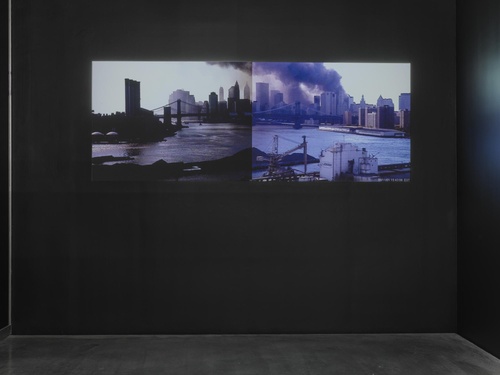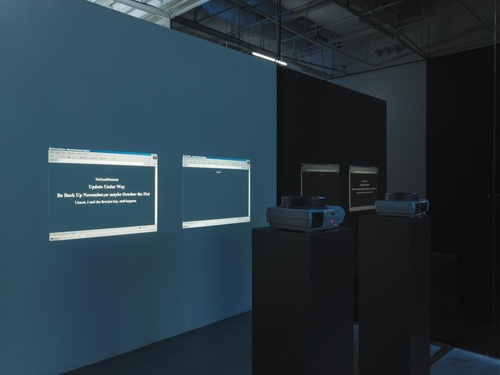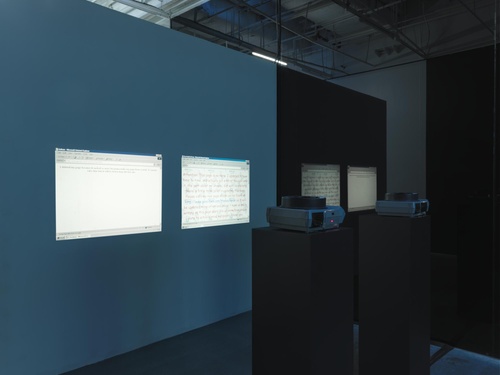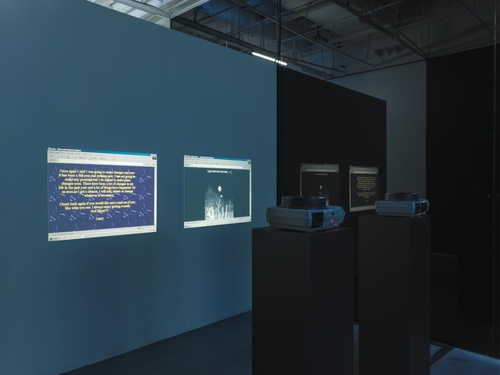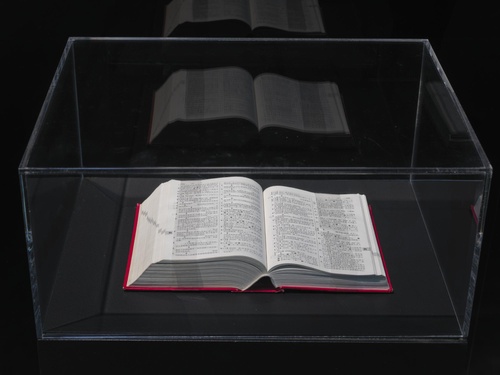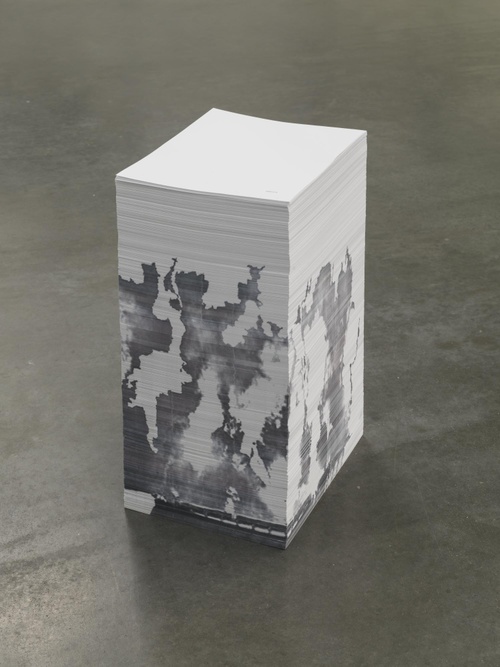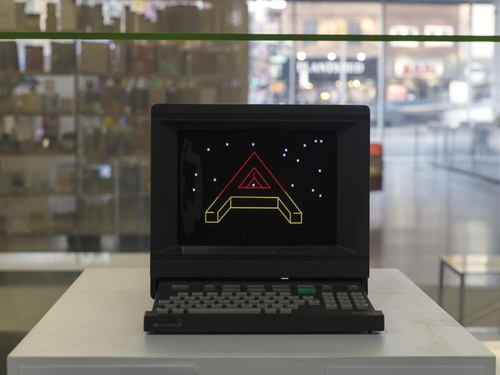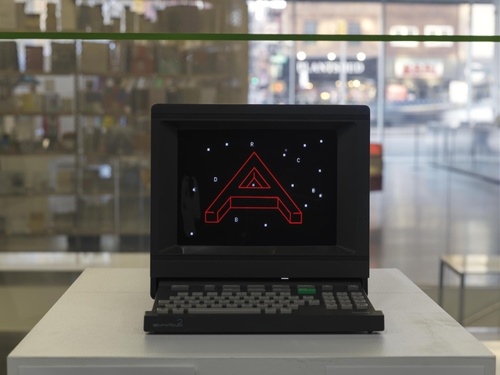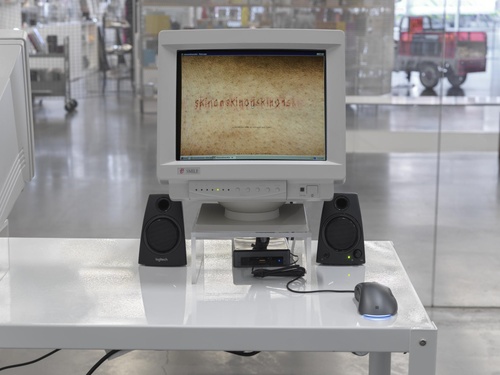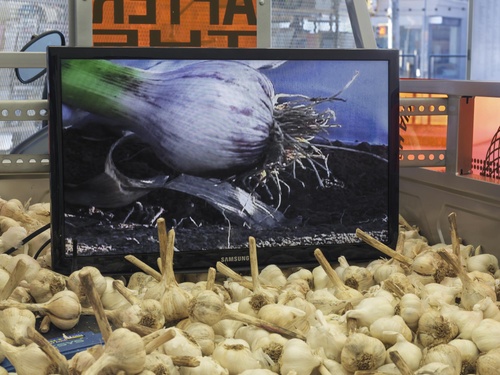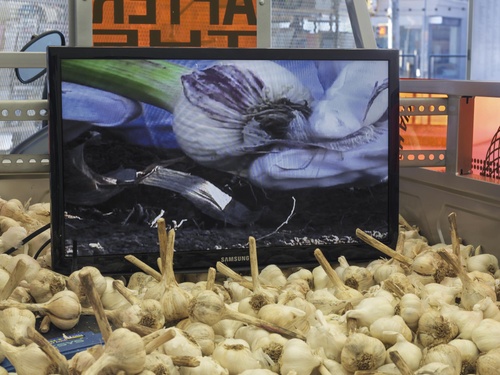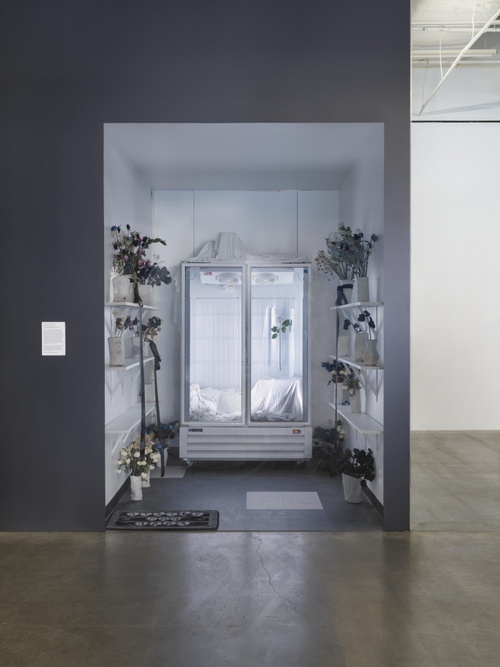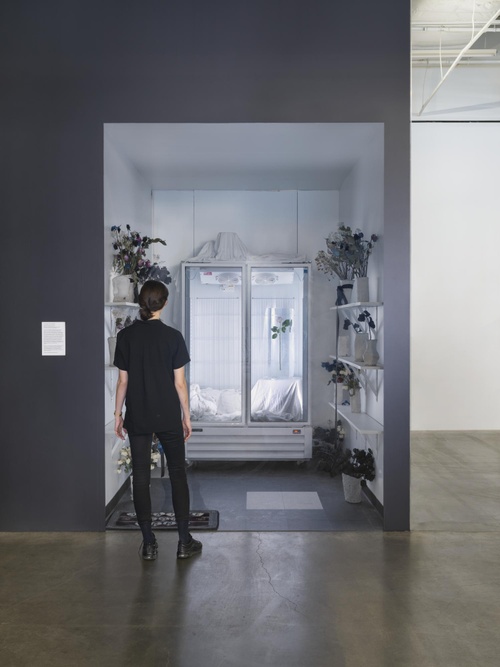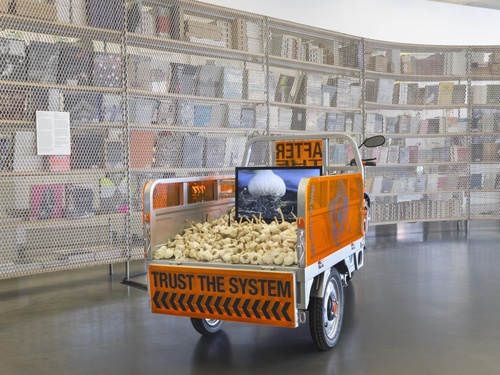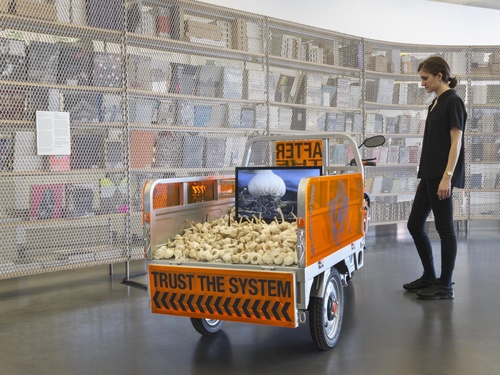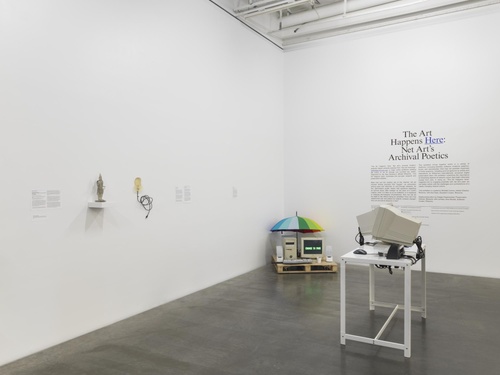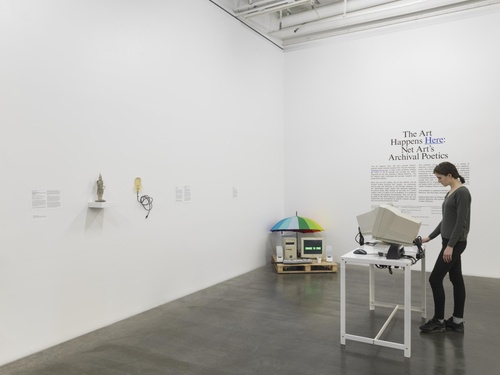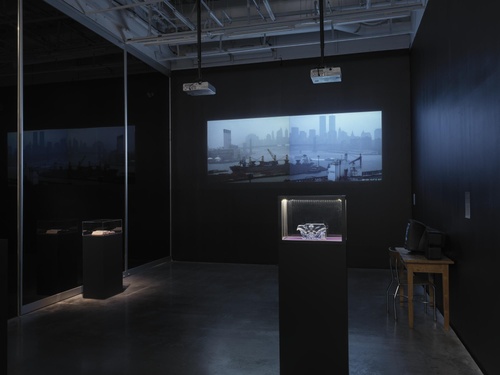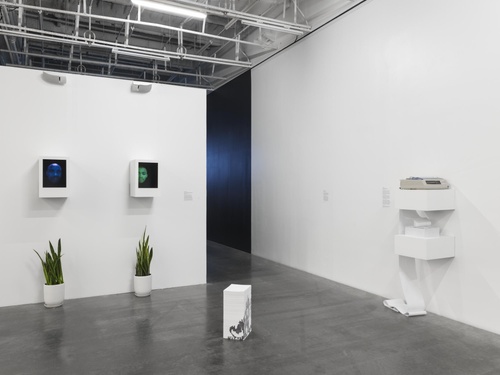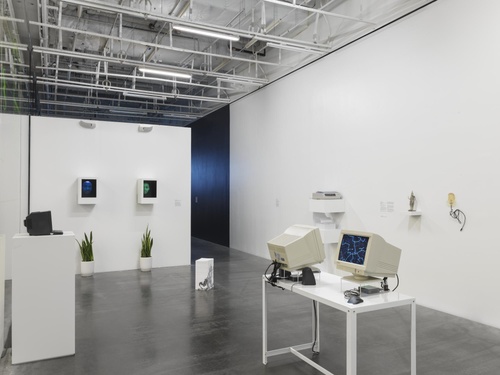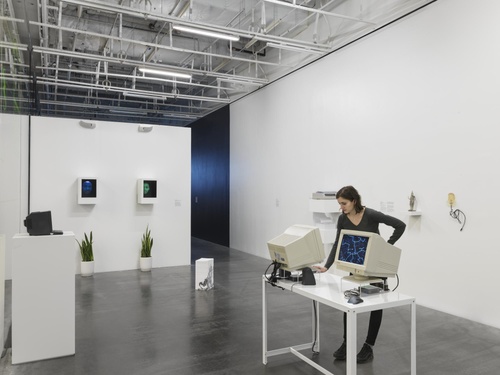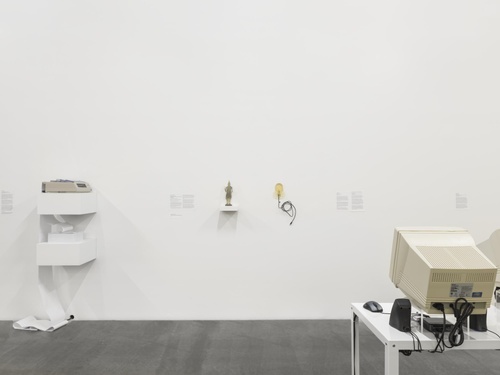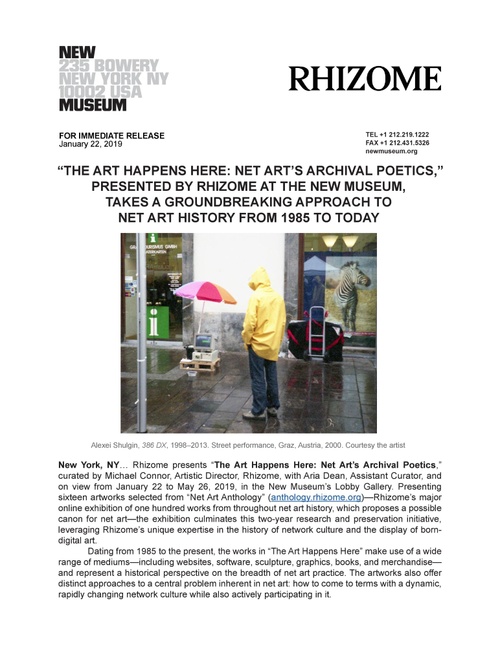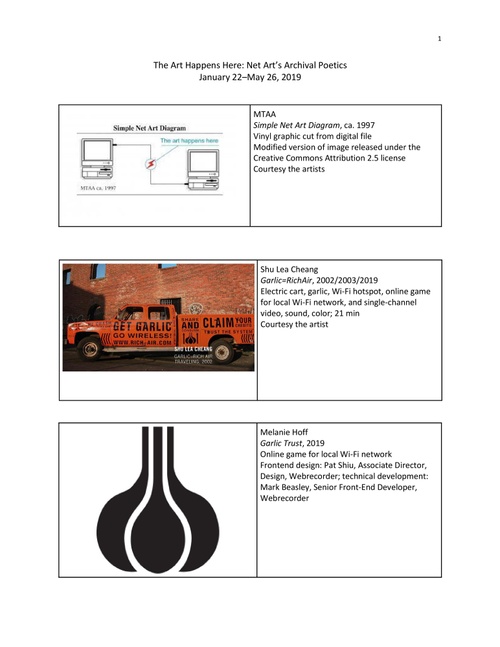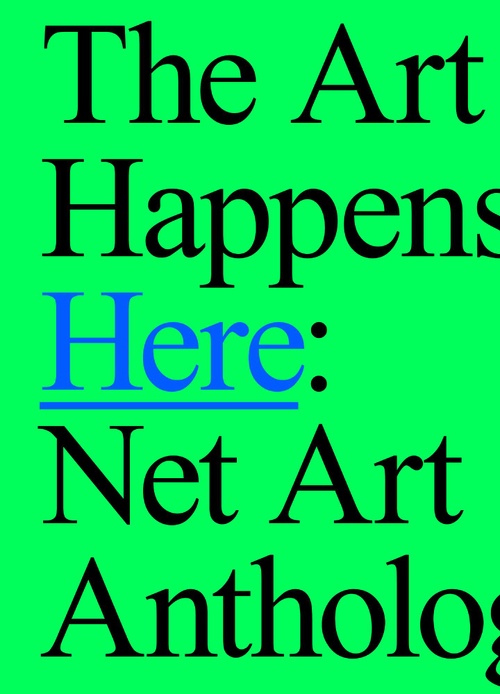The Art Happens Here: Net Art’s Archival Poetics
The Art Happens Here: Net Art’s Archival Poetics
More than just the creative use of the internet, net art involves diverse practices that “happen” via encounters among users and machines on and through networks. Its live, performative quality means that questions regarding its archival status often emerge—at the point of a work’s creation, when it is taken up by an institution, or in response to changing technological circumstances. How can net art be made to last without losing its variability? How can it be reperformed and recirculated as network contexts change? How can we note its absence or loss?
In 2019, New Museum’s affiliate Rhizome presented “The Art Happens Here: Net Art’s Archival Poetics,” an exhibition with works mapped out as responses to these questions. Reflecting on the process of narrating archives and histories of online artistic practice— including archival gestures by artists and restorations by Rhizome’s internationally renowned digital preservation team, “The Art Happens Here” underscored the importance of rehearsing aspects of network culture that might otherwise recede from view. The culmination of a two-year research and preservation initiative, the exhibition featured sixteen works from throughout net art history selected from Rhizome’s “Net Art Anthology” and showcasing a wide range of forms— websites, software, sculpture, graphics, books, and merchandise. Open-ended, performative, and ephemeral, artworks that circulate on and respond to the internet often survive only as fragments and traces, offering glimpses of a larger networked context that can never be fully grasped. “The Art Happens Here” thus opened a space for considering the internet as social process, material infrastructure, and lived experience, suggesting that by engaging poetically with net art’s past, we can better reckon with the challenges and contradictions of a rapidly changing network culture.
Among the works on view were Shu Lea Cheang’s Garlic=RichAir (2002), an interactive online trading game and performance in which garlic functions as currency in an imagined postcapitalist future; Alexei Shulgin’s 386DX (c. 1998), the world’s first cyberpunk rock band, which performs MIDI and text-to-speech renditions of musical hits; Sister Unn’s (2012), an installation by Bunny Rogers and Filip Olszewski based on a mysterious storefront in Queens that led passersby to an equally enigmatic website, exemplifying the links between real and virtual space; and a new restoration of Mark Tribe’s Starrynight (1999), a landmark artist-made interface to Rhizome’s listserve archives that Tribe created with Alexander Galloway and Martin Wattenberg. Concurrent with the exhibition in the Lobby Gallery, Cory Arcangel’s film So shines a good deed in a weary world (dunkindonuts.com) (2014), which documents the artist surfing the Dunkin’ Donuts website over the course of ninety minutes, was screened on selected dates in the New Museum Theater.
“The Art Happens Here: Net Art’s Archival Poetics” was curated by Rhizome’s Artistic Director Michael Connor with Assistant Curator Aria Dean, and was accompanied by a fully illustrated catalogue featuring critical and historical essays by artists, curators, and theorists alongside hundreds of archival images from the history of net art— including contributions by Josephine Bosma, Paul Soulellis, manuel arturo Abreu and others. An affiliate in residence at the New Museum since 2003, Rhizome champions born-digital art and culture through commissions, exhibitions, digital preservation, and software development. Founded by artist Mark Tribe as a listserv that included some of the first artists to work online, Rhizome has played an integral role in the history of contemporary art engaged with digital technologies and the internet. The works on view were selected from “Net Art Anthology,” Rhizome’s major online exhibition featuring one hundred works that sketch a possible canon for net art. Presented online at anthology.rhizome.org, “Net Art Anthology” represents a major archival effort, leveraging Rhizome’s unique expertise in the history of network culture and the display and preservation of born-digital artworks.


